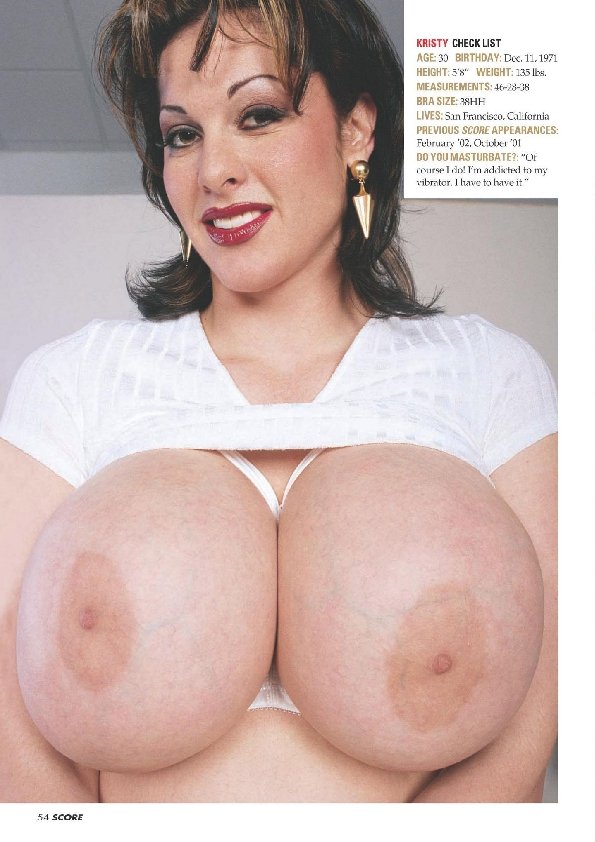

Nkoda describes itself as ‘a Spotify for sheet music’, a pretty accurate summary. No sooner had I downloaded the app than I received a welcome email from Kieran, who went on to suggest repertoire and playlists, from Einaudi to Puccini – quite eclectic choices for a pianist, but a nice, if slightly unusual touch. It has an outstanding library of over 100,000 titles from over 100 publishers which, as a pianist, is a useful and slightly addictive feature.

If you want a more extensive and diverse range of scores, I suggest you head to Nkoda – probably the most useful app for me.

On top of that, the app’s premium version allows you to import more and access the collaborative, screen-sharing feature.īut it’s also great being able to talk to someone in the Newzik team who will help musicians, orchestras and schools by visiting and giving them much-needed advice and support. The library is possibly simpler to use than forScore’s, which makes it more attractive to me when adding all my scores to the app. You can, however, also export your scores as a PDF, including all of your annotations. There’s also a tool for purchasing music from a publisher, although currently only via Universal Edition. You can organise your personal digital library from your iPad but you do need to scan each piece in, which you can easily do using the scanner within the app.

Band Mode, for instance, allows a group to connect screens together (you can lead or follow) and, like forScore, you can share your content with other musicians who have the same app. There are a lot of functions here that aren’t applicable to me as a pianist but are terrific nonetheless. I’d find this a bit unnerving on stage but it’s a great bonus to have at home.Īs a digital score-reading newbie, I needed help to get the most out of Newzik. And if your device features Apple’s True Depth camera system, you can use facial gestures to turn pages, either by turning your head, winking or by moving your lips. I discovered that a few of the apps do this and, while not particularly relevant to me, I can see that it’s a valuable tool for ensembles.
#Scoreland magazine scans plus
If you’re not a fan of a loud metronome (when did we become so sensitive?) then you’ll love the app’s visual version there’s also a pitch button, plus a tuning fork and a mini keyboard.Īmong its many other functions, forScore allows you to export scores you’ve worked on and share them with others. Personally, I’d prefer to write these in with the Apple Pencil, but they’re useful for making the script look neater. I liked the way you can drag the tool bar down to the exact line you’re editing, which is particularly useful when you’re using small notation stamps (dynamics, sharps and flats etc) or icons.
#Scoreland magazine scans download
There are several different methods to download your music to forScore and it’s easy to input markings with the Apple Pencil. When I asked friends and colleagues which apps they used, forScore was one of the most popular. I found this took a bit of getting used to, but it’s a useful extra. You can even jump back to the beginning of a piece or section when you reach a repeat sign, just by tapping with two fingers. Like most apps you can drag and drop symbols (dynamics, time signatures, etc) and there’s a metronome included, too. If you want to record your performance, chart your progress and add it to the library, you can do that too.
#Scoreland magazine scans full
The ability to switch between your part and the full score is another important feature, especially with chamber music. I enjoyed customising my score layout and print size (which is useful for ensuring safe page turns), and in selected pieces it offers exclusive fingering and bowings from celebrated musicians. There’s a handy metronome feature and you can annotate and personalise your scores, saving or printing them as you wish. It also enables you to download single parts independently. It has a store of over 100 scores (10 credits are 99p 100 credits, £8.99 500 credits, £38.99), including substantial volumes such as the complete Beethoven piano sonatas. The Henle app was the first I downloaded, mainly because it’s one of my go-to editions. Many musicians now use them to download and buy scores, to perform and to share – and for that you need apps… Henle But if that’s so easy to do, why use an app at all? Tablets in performance have become a major player in the music industry and are becoming increasingly popular. Simply scan your own music in on the Notes app bundled with the iPad, save it and annotate it with an Apple Pencil (model allowing). Even without apps you can do a lot on an iPad.


 0 kommentar(er)
0 kommentar(er)
